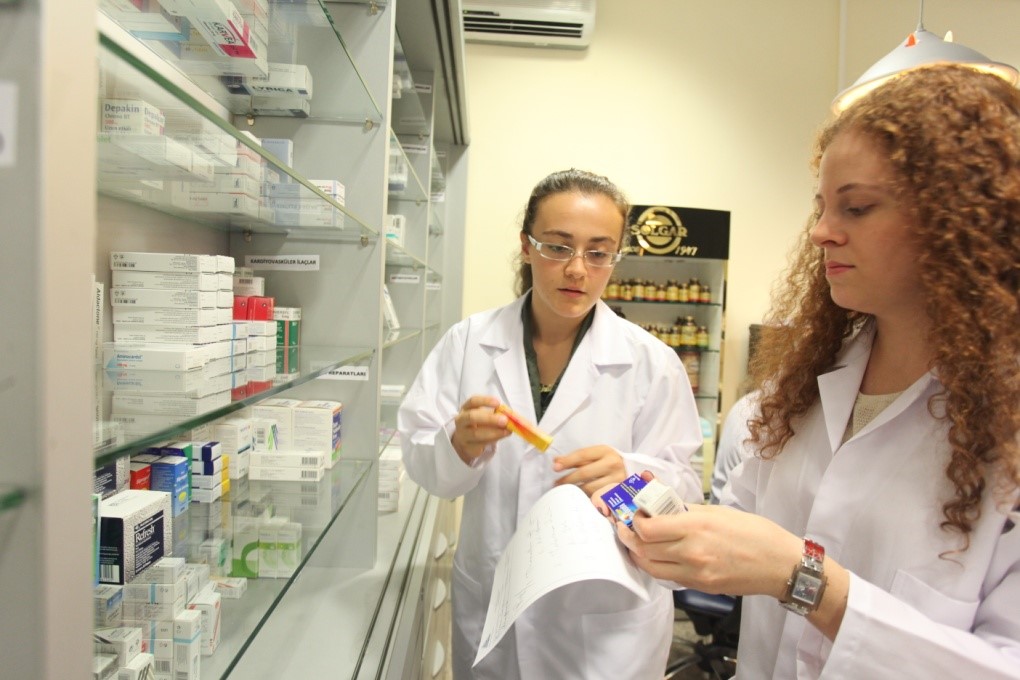
What is Physical Therapy?
The American Physical Treatment Association defines physical therapy as "... a health profession whose main function is the promo of ideal human health and function through the application of scientific concepts to avoid, determine, evaluate, correct, or alleviate intense or extended movement dysfunction".
Physical Therapy is an occupation whose main function is the restoration, maintenance, and promo of ideal health, function, and quality of life for people of any ages. The science of physical treatment involves the application of therapeutic methods, strategies, and interventions that assist rehabilitate a person to their optimum physical capacity. The art of physical therapy is helping individuals assist themselves.
In laws and regulations specifying practice, physical treatment is typically defined as the care and services provided by a physiotherapist or a physiotherapist assistant under the direction and supervision of a physical therapist, and include:
Alleviating problems and practical limitation by designing, carrying out, and modifying therapeutic interventions;
Avoiding injury, disability, functional limitation and special needs; and Participating in consultation, education, and research study.
More info about the profession of physical therapy might be acquired by visiting the American Physical Treatment Association's web website at www.apta.org
Who are Physical Therapist Assistants?
Physiotherapist Assistants, or PTA's, are proficient health care providers who deal with and under the direction and supervision of a physiotherapist to offer physical therapy services. In order for a specific to practice as a PTA, they should graduate from a recognized PTA program and successfully pass a licensing/certification exam.
PTA's play an important role in providing physical treatment services for people with various specials needs. When a patient seeks or is referred for physical treatment services, the physical therapist carries out an initial examination and details a plan of care. The PTA can then perform all or part of the treatment plan as advised by the physiotherapist.
The American Physical Treatment Association acknowledges the PTA as the only individual who helps the physiotherapist in the shipment of selected physical treatment interventions.
What does a Physical Therapist Assistant do?
The physical therapist assistant (PTA) carries out physical therapy interventions and associated tasks under the direction and guidance of a physical therapist. Such tasks might include training clients in therapeutic workout and activities of everyday living, using physical representatives such as cold, heat, electricity, or water for discomfort relief and healing, instructing individuals in using assistive gadgets for walking, getting involved in injury care, promoting wellness and injury avoidance, providing client and family education, training clients in wheelchair activities, helping the physical therapist in carrying out patient evaluations and complicated interventions, and far more.
The PTA also monitors the client's response to treatment, carries out various tests and measures, files relevant elements of patient care, and keeps ongoing interaction with the supervising physiotherapist, in addition to other health care specialists.
What is the difference in between a PT and a PTA?
The physical therapist (PT) and the physiotherapist assistant (PTA) differ in instructional preparation and levels of obligations as it relates to the arrangement of physical therapy services.
Today, the frustrating majority of PT schools inform physical therapists at the Doctorate level, although numerous practicing therapists were educated when programs needed only a Master's or Bachelor's degree. The PTA is informed at the Associate's degree level, which normally equates to 2 years of college.
The PTA has a working knowledge of the theory behind treatment interventions, understands pathological conditions being treated, and comprehends how to apply techniques and techniques utilized to treat those conditions.
The PT has comprehensive education in evaluative skills, research study, and administration, as well as sophisticated coursework in human anatomy, neuroanatomy, orthopedics, pathology, and therapeutic methods. Both the PT and the PTA must graduate from recognized programs and pass a licensing evaluation in order to practice in Learn more their particular roles.
Consumers/patients might seek the services of the physiotherapist directly, or, the client may be described a physical therapist by a physician. The PT carries out the initial assessment and assessment of the client. The assessment will lead to a physical therapy medical diagnosis, and as appropriate, the PT will develop objectives or results to be accomplished by a physical treatment plan of care and treatment plan.
The PTA can not carry out the initial assessment or evaluation; nevertheless, the PTA may assist the PT in gathering data. Following the examination of the patient, the PTA might carry out chosen interventions and information collection as directed by the supervising PT. The PTA should always work under the direction and guidance of a physical therapist. The collective relationship between the PT/PTA is highly reliable and valued, and the team significantly contributes to the success of the general rehab process.